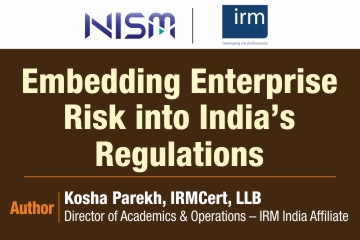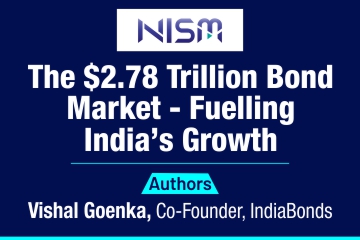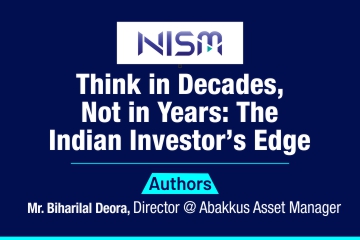In the ever-evolving world of stock markets and finance, the application of artificial intelligence (AI) concepts has ushered in a new trading era. Algorithmic Trading, with its roots deeply embedded in the realm of AI, stands as a testament to the transformative power of technology in finance. The concept of Algorithmic Trading is a revolution orchestrated not by the frantic shouts of traders on a bustling exchange floor but by the digital symphony of algorithms and artificial intelligence.
Emergence of Data Science and AI in Financial Markets
Historically, trading in financial markets was a domain where human intuition and experience prevailed. Investors and traders rely on their judgment to make decisions, often influenced by emotions and cognitive biases. However, modern markets’ complexity and volatility have exceeded human traders’ mental capacity. Enter AI, with its ability to analyze vast datasets, discern patterns, and execute trades at speeds beyond human comprehension. Algorithmic trading, the embodiment of artificial intelligence and data science in finance, represents a departure from traditional trading methodologies.
Algorithmic trading is a discipline guided by meticulously designed algorithms—complex rules and instructions governing trading decisions. These algorithms, often crafted by quantitative analysts and data scientists, leverage machine learning techniques to adapt continuously to evolving market conditions. AI algorithms can precisely identify trends, arbitrage opportunities, and risk factors by drawing insights from historical market data. The effectiveness of algorithmic trading hinges on the strategies employed. Algorithmic trading strategies can be constructed using a solid base in data science and AI. Skilled professionals are essential for designing, testing, and monitoring algorithms. Additionally, human intervention may be necessary for extreme market volatility when algorithms encounter unforeseen challenges. Learning how to incorporate AI concepts in financial markets will open doors to opportunities for algorithmic trading. The National Institute of Securities Markets (NISM) offers a certification course on data science named Certificate Program in Data Science (CPDS). Having certified knowledge in data science will help you to stand out in jobs in top investment banking and trading firms.
Algorithmic Trading Strategies
One of the most prominent applications of algorithmic trading is high-frequency trading (HFT). HFT strategies rely on executing many trades in fractions of a second, often capitalizing on minuscule price differentials. The velocity with which HFT algorithms navigate the markets has profoundly transformed market microstructure and liquidity dynamics. But it has also raised concerns about market fairness and stability. Quantitative strategies involve using mathematical and statistical models to identify trading opportunities. These models consider many factors, including historical price data, trading volumes, and macroeconomic indicators. They aim to systematically capture alpha, which represents the excess return of a portfolio relative to a benchmark. Arbitrage strategies exploit price discrepancies across different markets or assets. For instance, statistical arbitrage involves identifying pairs of assets that historically move in tandem but have temporarily diverged in price. Traders then buy the undervalued asset and short-sell the overvalued one, betting on a convergence of prices. Market-making strategies involve continuously quoting buy and sell prices for a particular asset, profiting from the bid-ask spread.
In conclusion, algorithmic trading is a testament to the convergence of AI and finance. Its ability to process vast data, execute trades at remarkable speeds, and manage risk effectively has reshaped the financial landscape. The power of algorithms is immense, but so are the responsibilities accompanying it. The concerns surrounding market fairness and stability demand our unwavering attention, just as the potential for efficiency and opportunity beckons us toward a bold new frontier. As we study the importance of algorithmic trading, the partnership between human expertise and AI innovation will continue to define the trajectory of finance in the digital age.

When people hear the term “risk management,” they often associate it with financial markets, insurance, or corporate governance. In…

As India charts its course towards Viksit Bharat, by 2047, the sophistication and depth of its financial markets are paramount.…

As investors, we often judge performance on monthly (MoM), Quarterly (QoQ) and year-on-year (YoY) statistics. It feels natural to look…
© 2025 National Institute of Securities Markets (NISM). All rights reserved.